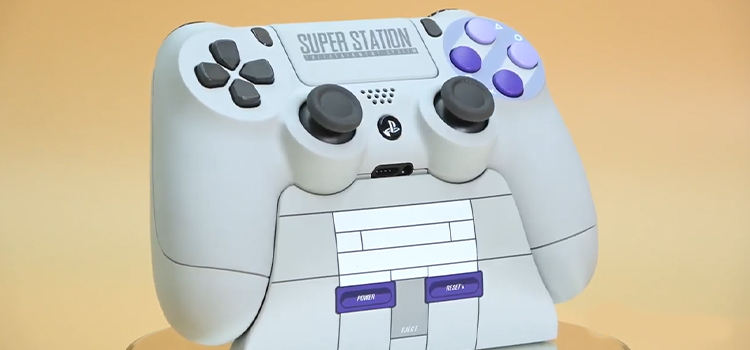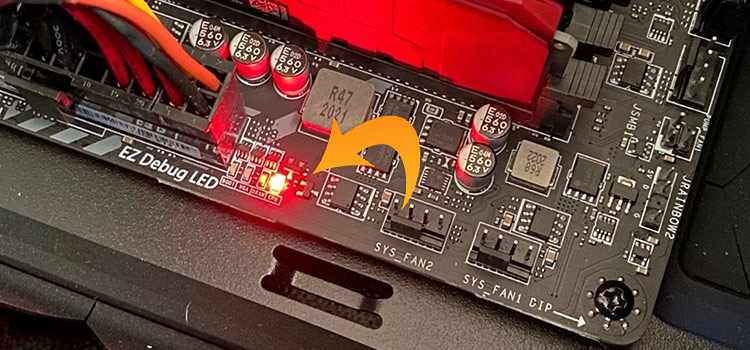Does It Matter Which PCIe Slot I Use for WiFi? What Do I Face While Using?
Ever tried to build or upgrade a PC? It’s a bit like constructing a Lego tower but without the colorful instruction manual. Figuring out where each piece goes can be a puzzle, especially when we talk about the motherboard’s PCIe slots.
We all have asked at some point: “Does it even matter which PCIe slot I use for WiFi or other component?” And to give you a sneak peek, yes, it can matter. But don’t rush off just yet!
The question of whether it matters and why will be answered right below. If you’re here for a good read, and an informative journey, then you’re in the right place! Okay no more ado, let’s get started now!

PCIe Slots and Which Slot Is Ideal for Which Component
PCIe slots on a motherboard allow you to expand your computer’s capabilities. These slots vary in sizes: x1, x4, x8, x16, denoting the number of lanes. The more lanes, the faster data can travel.
Here are the bandwidths for different PCIe slots:
| PCI Express Connectors | Single Direction | Dual Direction |
| X1 | 2.5 Gbps / 200 MBps | 5 Gbps / 400 MBps |
| X4 | 10 Gbps / 800 MBps | 20 Gbps / 1.6 GBps |
| X8 | 20 Gbps / 1.6 GBps | 40 Gbps / 3.2 GBps |
| X16 | 40 Gbps / 3.2 GBps | 80 Gbps / 6.4 GBps |
- x1, x4 Slots: Typically reserved for less demanding cards like sound cards, USB ports, or, you guessed it, WiFi cards!
- x8, x16 Slots: These speed demons are ideal for graphic cards or storage controllers that require high data transfer speeds.
Now, I know what you’re thinking. “I’ve got a slot, so it should fit, right?” Well, there’s a little more to it than meets the eye.
So, Does It Matter Which PCIe Slot I Use?
Sure, you can put your toast in the microwave, but is it ideal? Similarly, while most PCIe cards can fit in any slot, performance may vary. A graphics card in an x1 slot? It’ll work but won’t live up to its full potential.
Essentially, while many cards are versatile, they do have their favorite slot – the one where they shine brightest. So, while you can experiment, it’s always best to play matchmaker and find the perfect slot for your component.
Which PCIe Slot Is for a WiFi Card Then?
Most WiFi cards, especially the ones used in desktops, are designed for PCIe x1 slots. These slots are more than capable of handling the data transfer needs of a WiFi card.
But hey, if you’re feeling adventurous and want to slot it into an x16, go ahead. The WiFi card will happily work there too – kind of like using an entire couch just to place a small cushion.
Wrapping Up
It’s all about finding the right home for each component. Just like you wouldn’t use a mansion for just a goldfish (or would you?), ensure your WiFi card sits comfortably in its dedicated slot. With the right fit, your computer will work seamlessly, ensuring optimal performance. And before we wrap things up, always remember: computers are a lot like relationships – the right connection matters! Thank you for tuning in, and may your WiFi signals always be strong!
Commonly Asked Questions
1. Can I Put a WiFi Card in An M.2 Slot?
No, you cannot put a WiFi card in an M.2 slot. M.2 slots are primarily designed for SSDs. A WiFi card requires a PCIe slot for compatibility.
2. Can Any Wi-Fi Card Fit in A PC?
Most desktop Wi-Fi cards are designed for PCIe x1 slots, but it’s essential to ensure compatibility with your motherboard and case size. Always check the specs!
Subscribe to our newsletter
& plug into
the world of technology





